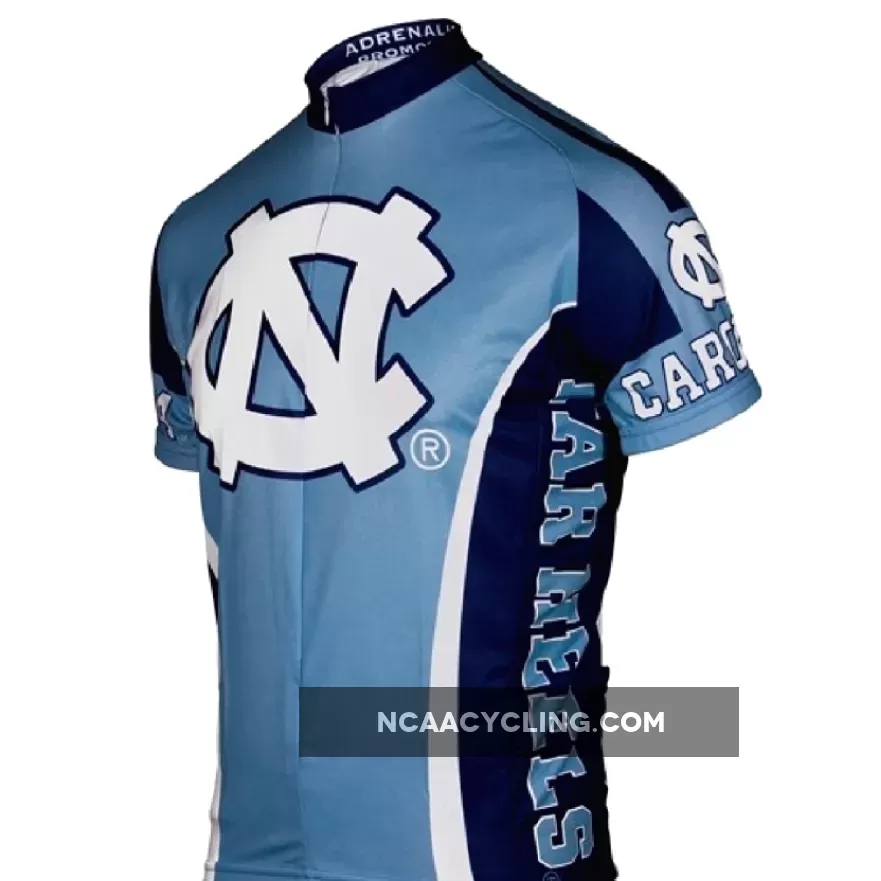As cyclists, we’re always looking for ways to optimize our performance, comfort, and style on the road. One common debate among riders revolves around whether or not to wear a base layer under your cycling jersey. In this post, we’ll dive into the benefits and drawbacks of wearing an extra layer, helping you decide if it’s worth incorporating into your riding routine.
The Case for Wearing a Base Layer
Cold weather is probably the most common reason why cyclists opt to include a base layer. It provides an extra layer of insulation and pulls sweat from your skin, which will keep you dryer and warmer. That extra layer will also help hold warmth near the body, reducing heat loss through conduction. This can be especially important for riders who are sensitive to cold temperatures or ride in chilly conditions.
Another benefit of wearing a base layer is its ability to regulate temperature. On hot days, it can help wick away sweat and keep you cooler by allowing moisture to evaporate quickly. This can be particularly useful during intense efforts when your body temperature tends to rise.
The Case Against Wearing a Base Layer
On the other hand, some riders might argue that wearing a base layer is unnecessary or even counterproductive. For one, it adds an extra layer of clothing that can get in the way of your jersey’s fit and comfort. If you’re already comfortable in your cycling shorts and jersey, adding another layer can make you feel restricted or claustrophobic.
Additionally, some cyclists might find that wearing a base layer creates more problems than it solves. For instance, if you’re prone to overheating during rides, an extra layer can exacerbate this issue, making you feel hotter and less comfortable.
Practical Considerations
So, when should you wear a base layer under your cycling jersey? Here are some practical considerations to keep in mind:
- If you ride in extremely cold temperatures (below 40°F or 4°C), a base layer can be a must-have for warmth and comfort.
- On hot days (above 80°F or 27°C), a lightweight, breathable base layer might help regulate your temperature and prevent overheating.
- If you’re sensitive to wind chill or ride in windy conditions, an extra layer can provide valuable insulation.
- When riding in wet or humid conditions, a water-wicking base layer can help keep you dry and comfortable.
Conclusion
Ultimately, whether or not to wear a base layer under your cycling jersey comes down to personal preference, the conditions you’re riding in, and your individual needs. If you do decide to wear a base layer, make sure it’s designed for moisture management, breathability, and comfort. Choose a fabric that wicks away sweat effectively and won’t chafe or irritate your skin.
By considering both sides of the argument and factoring in your own riding habits and preferences, you can make an informed decision about whether to wear a base layer under your cycling jersey. Happy riding!
 CLICK HERE TO Buy : Adrenaline Promo University of North Carolina College 3/4 zip Men’s Cycling Jersey
CLICK HERE TO Buy : Adrenaline Promo University of North Carolina College 3/4 zip Men’s Cycling Jersey
